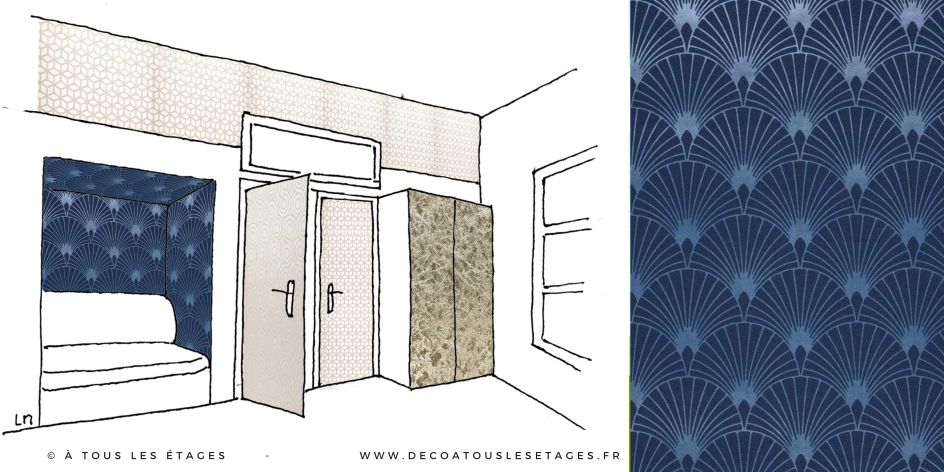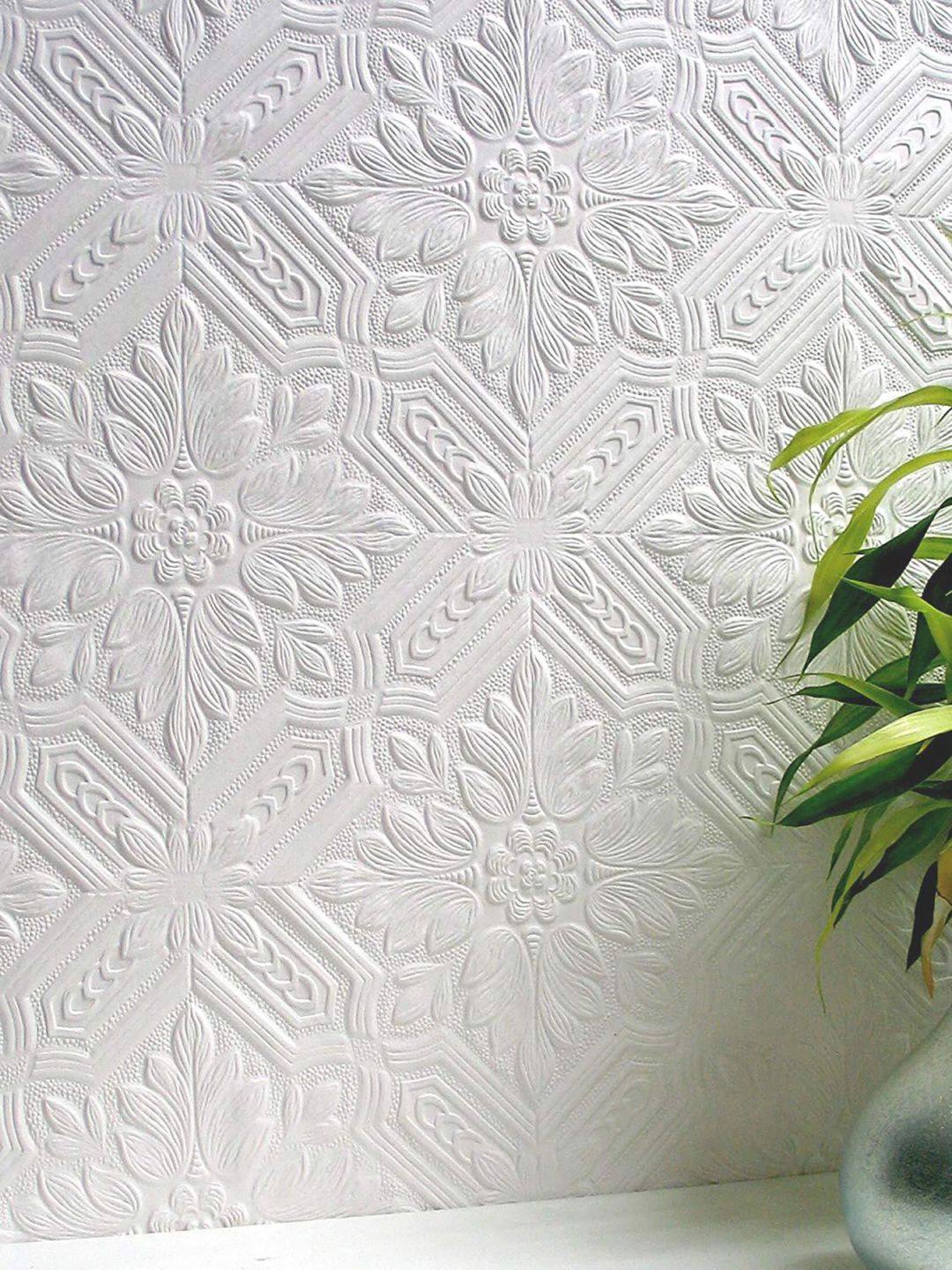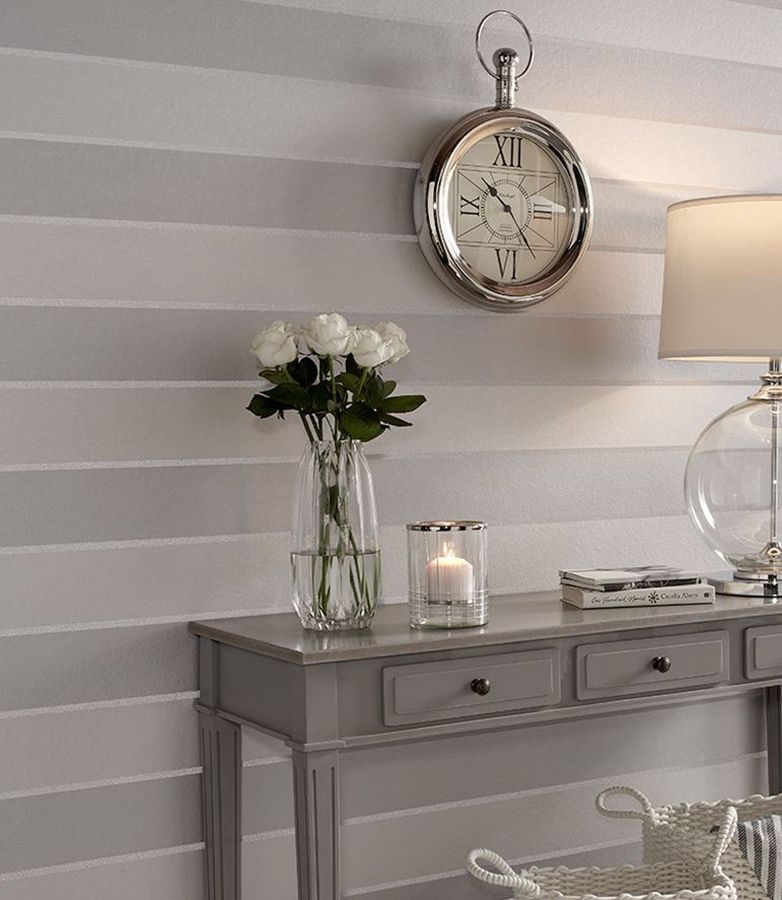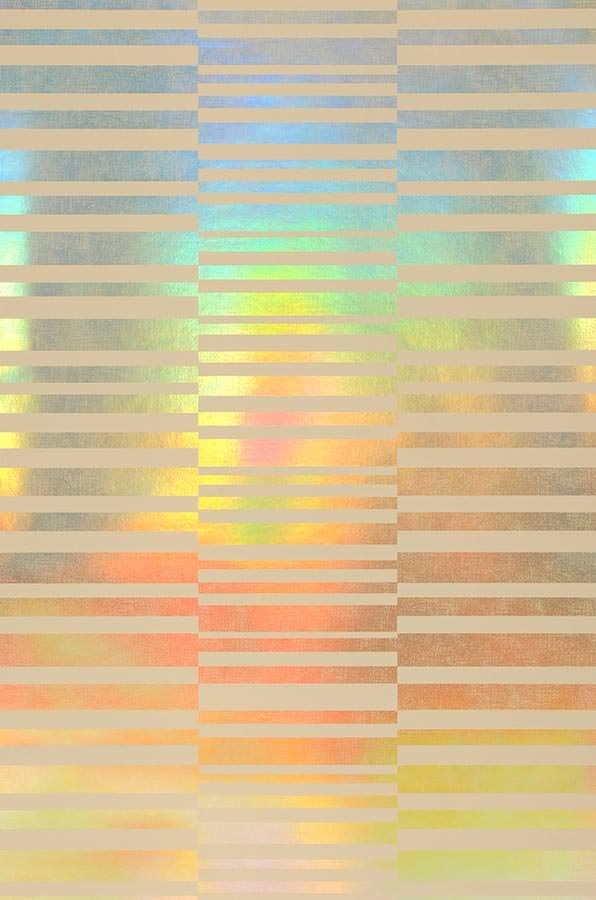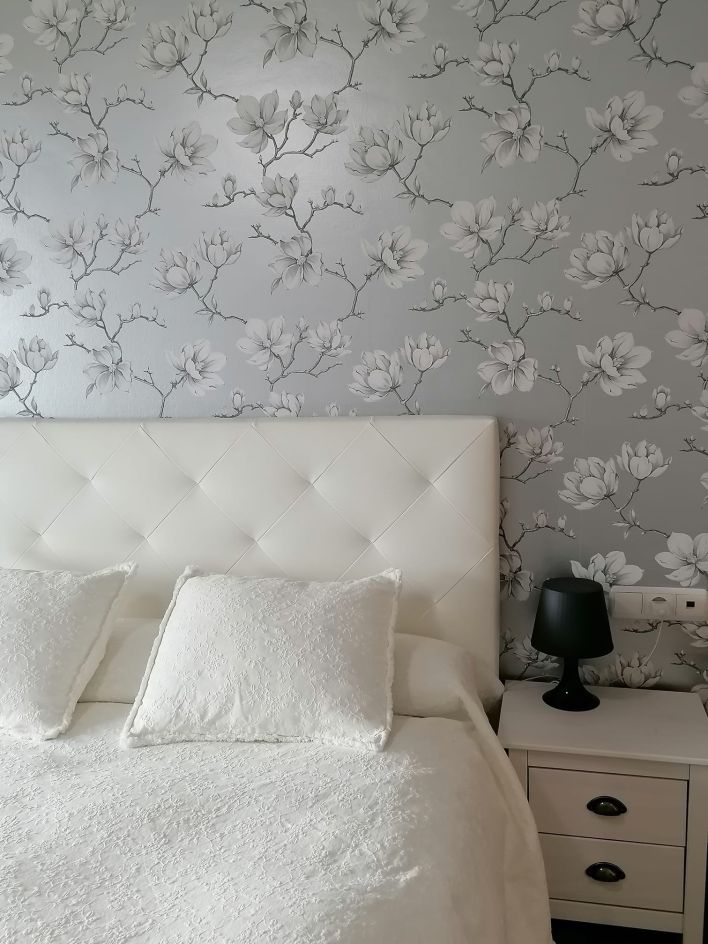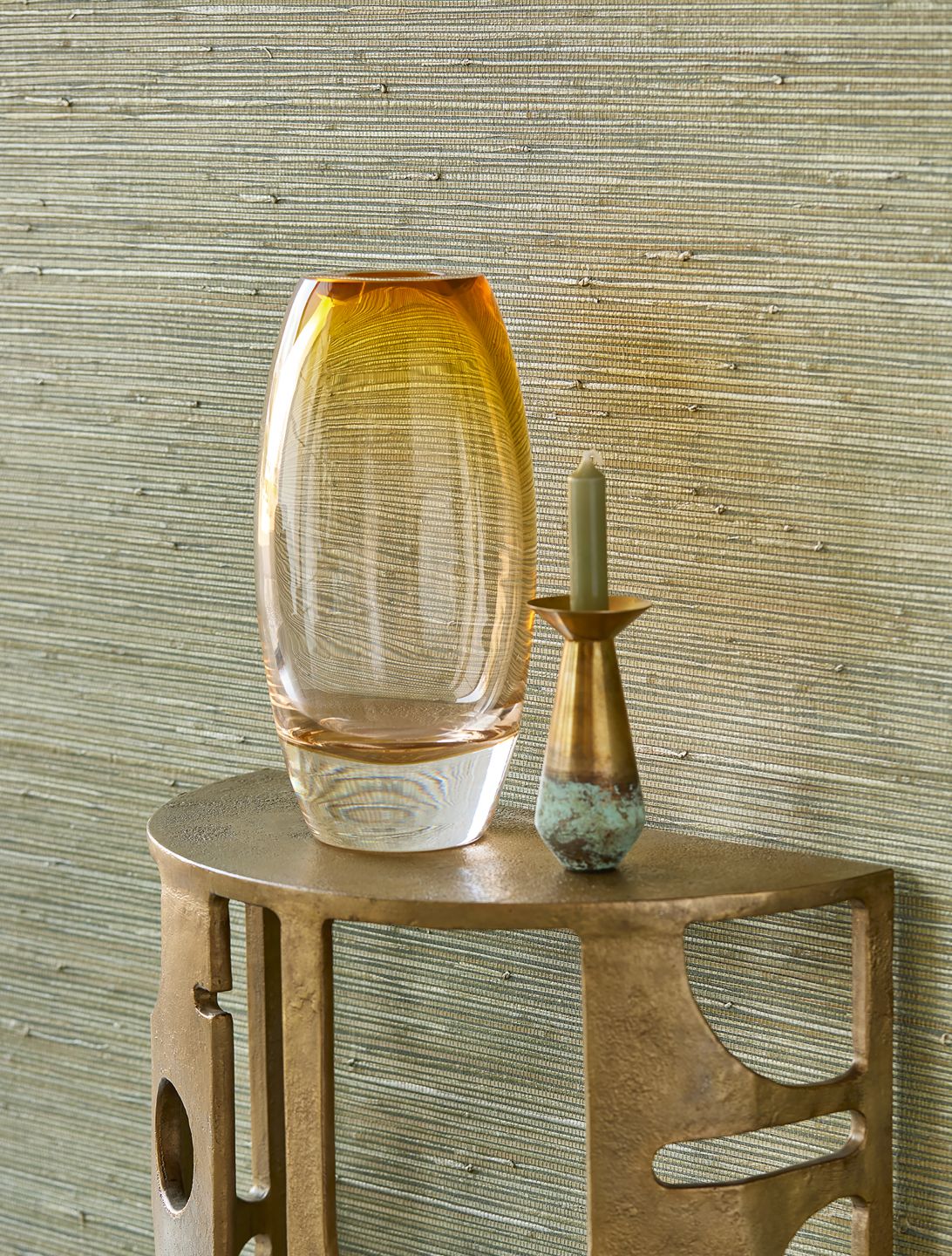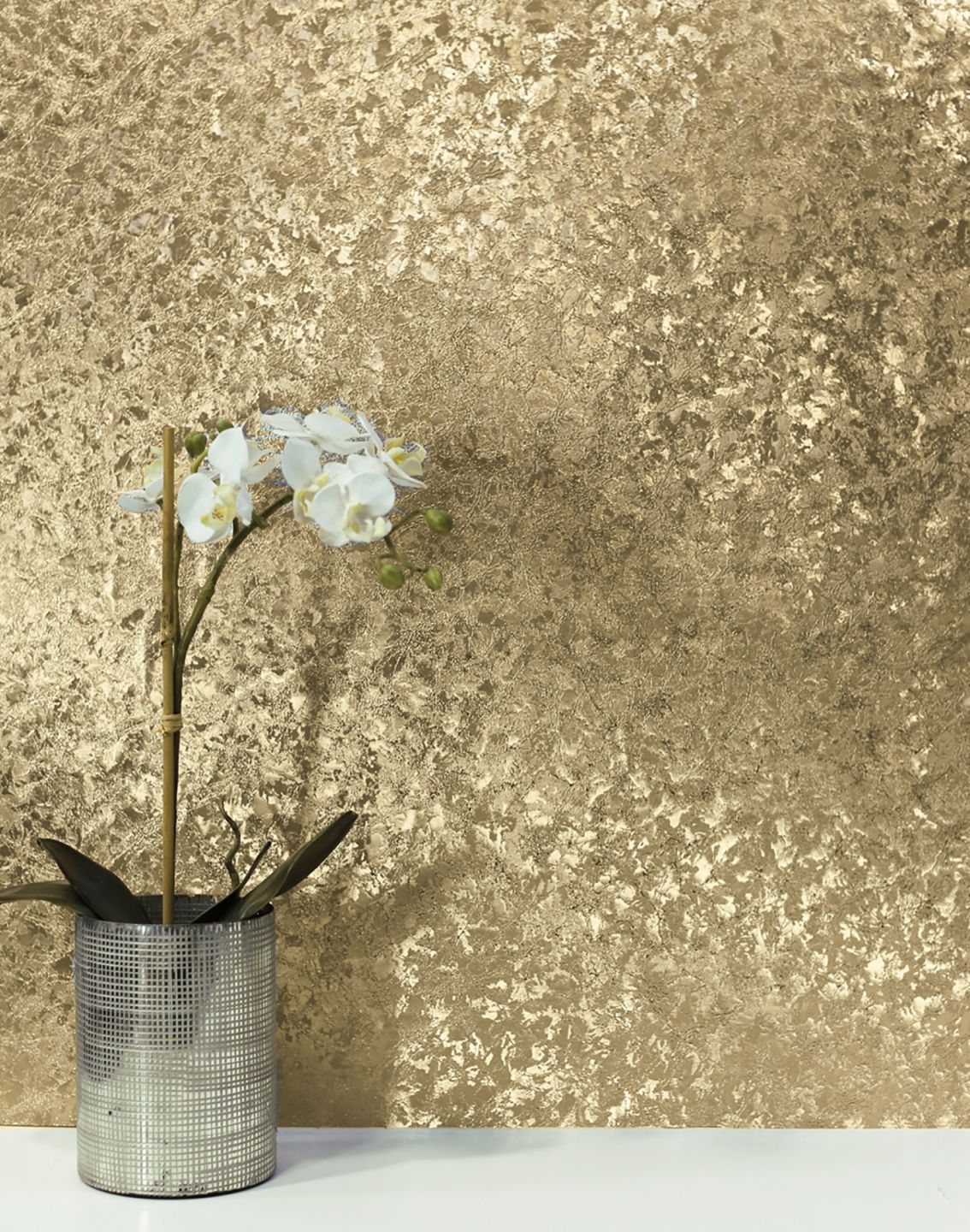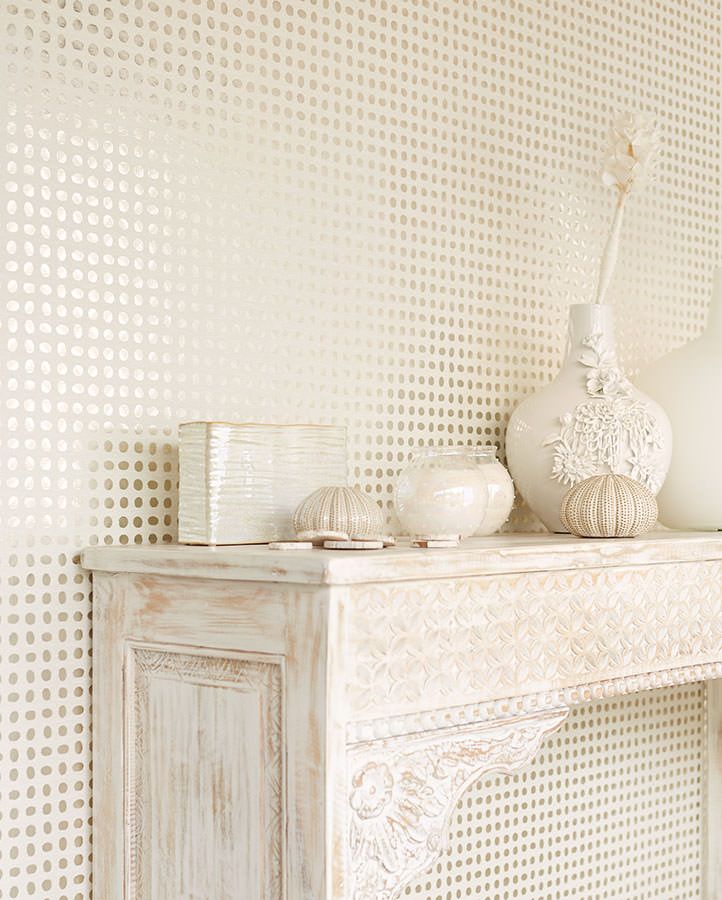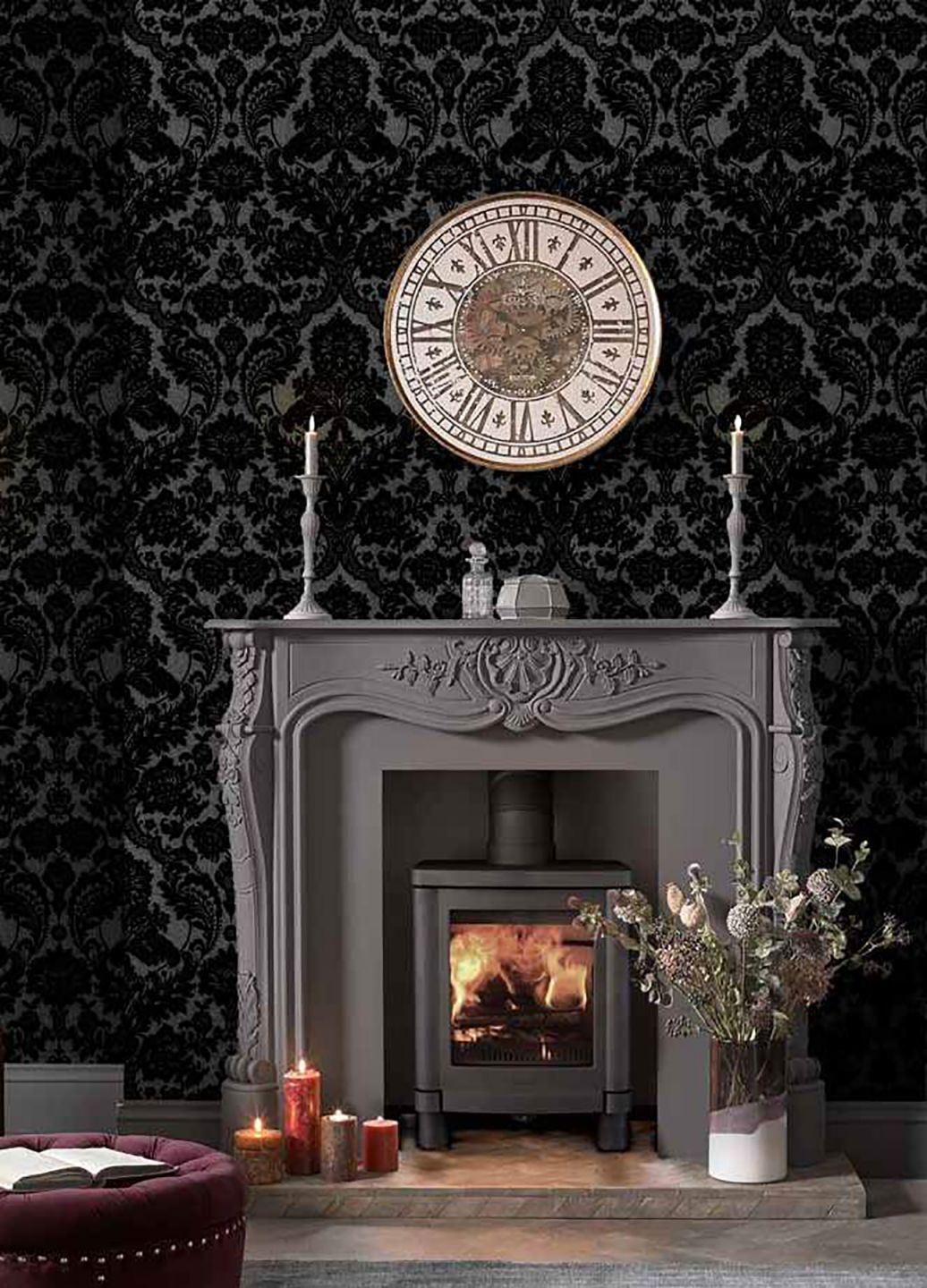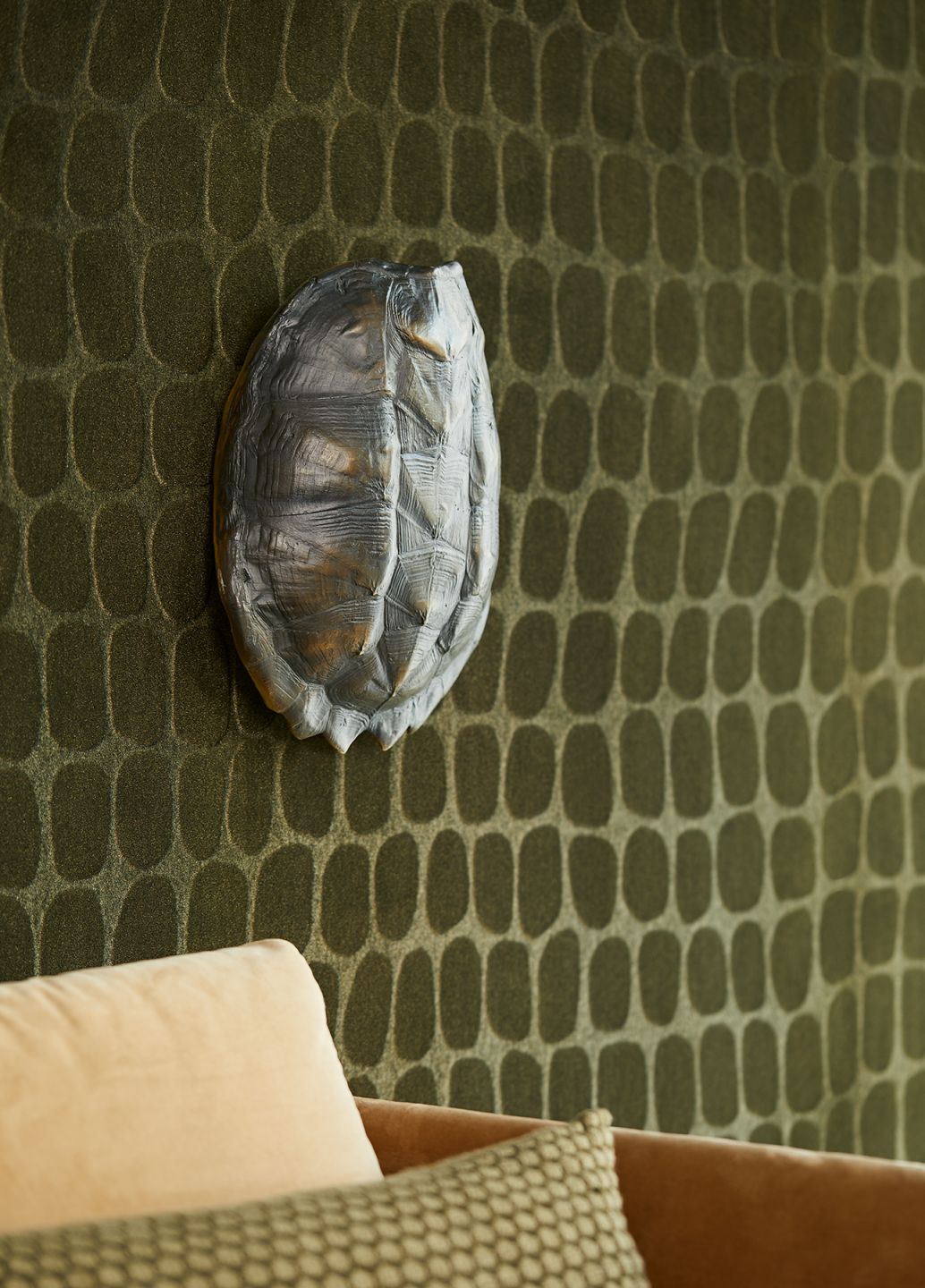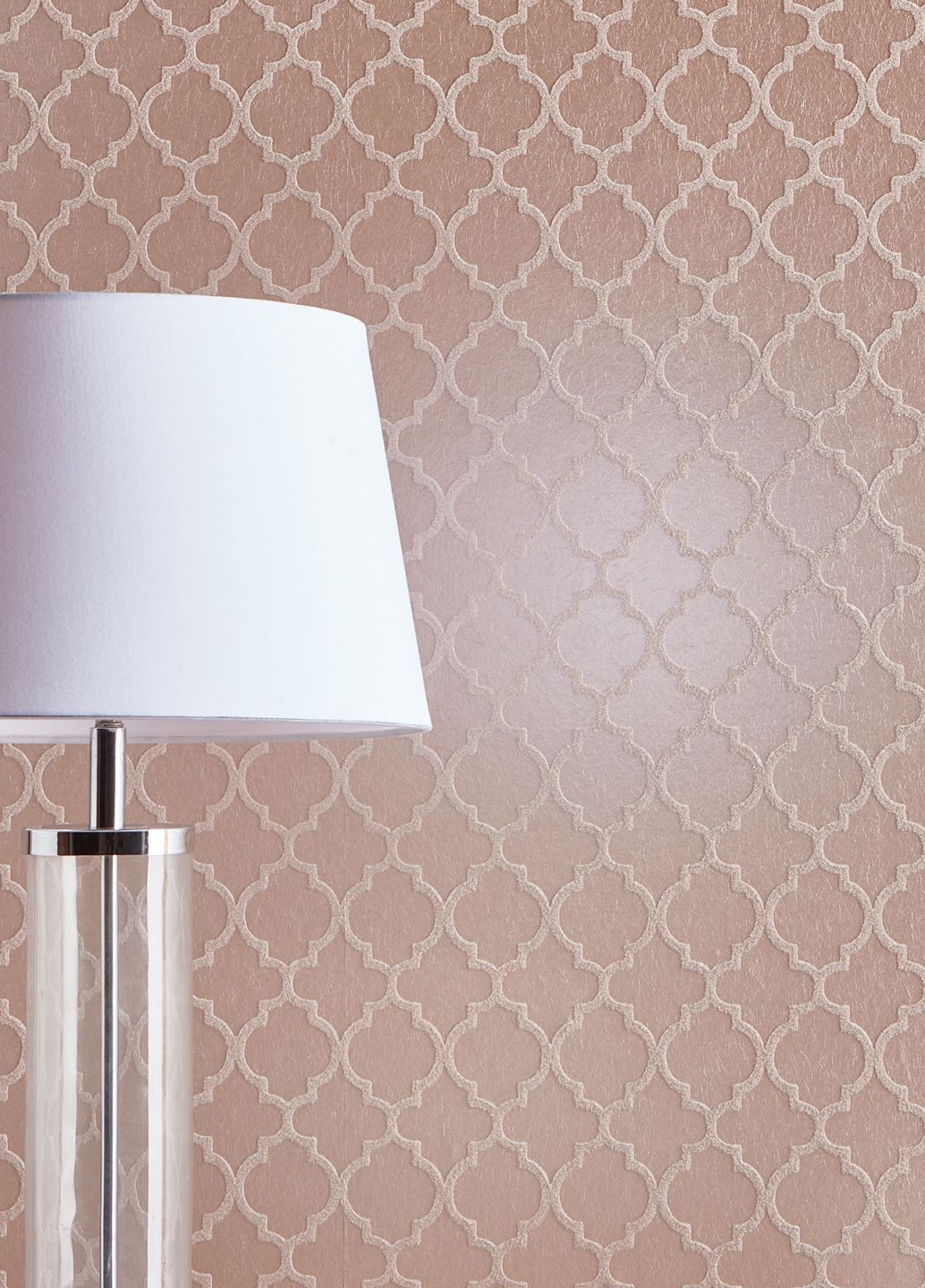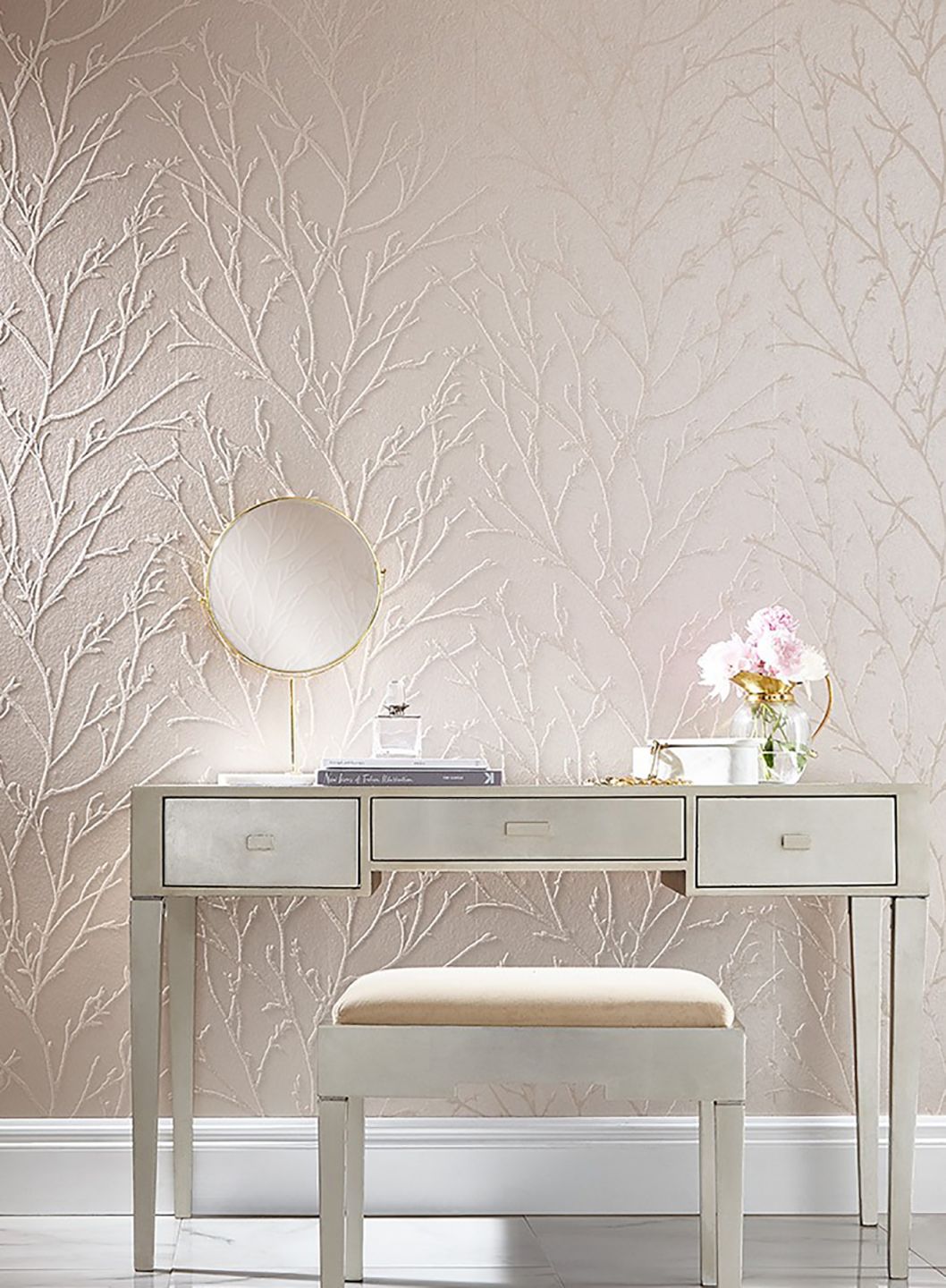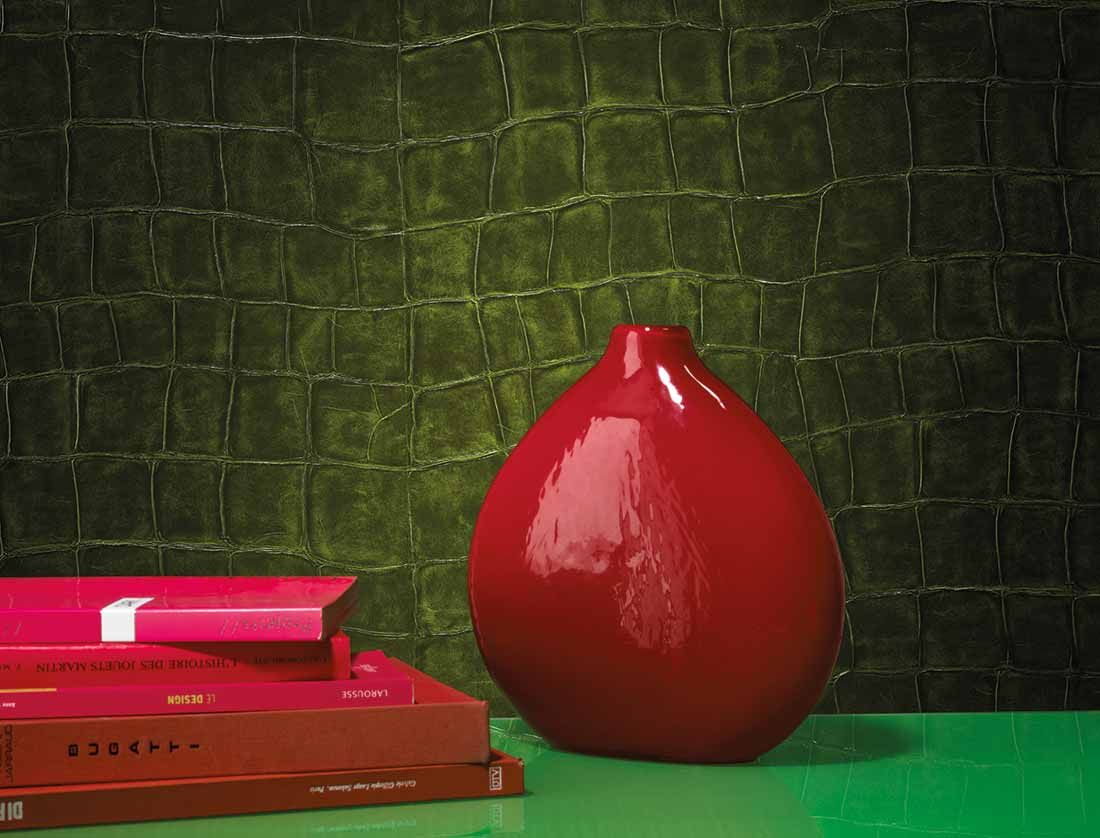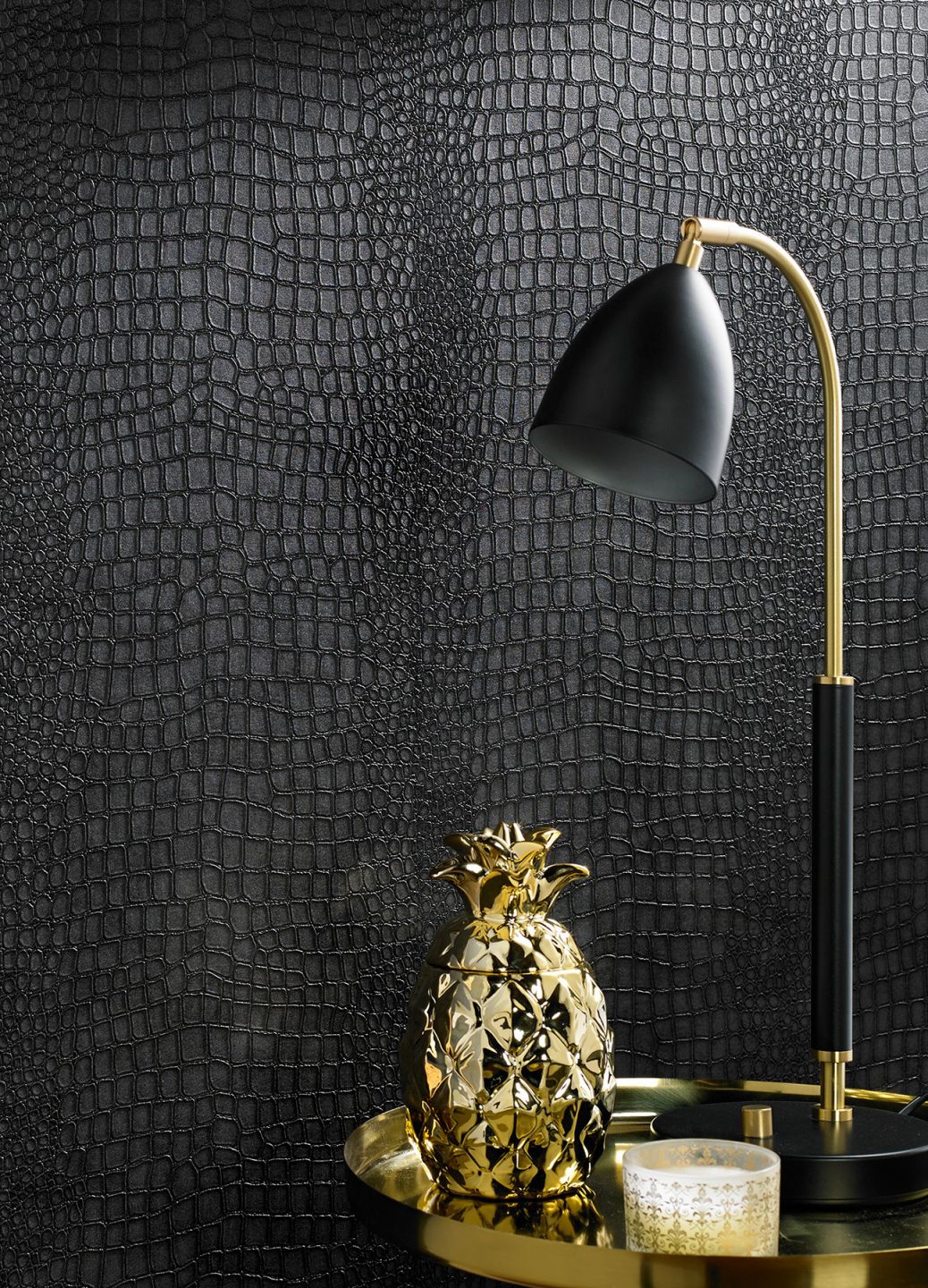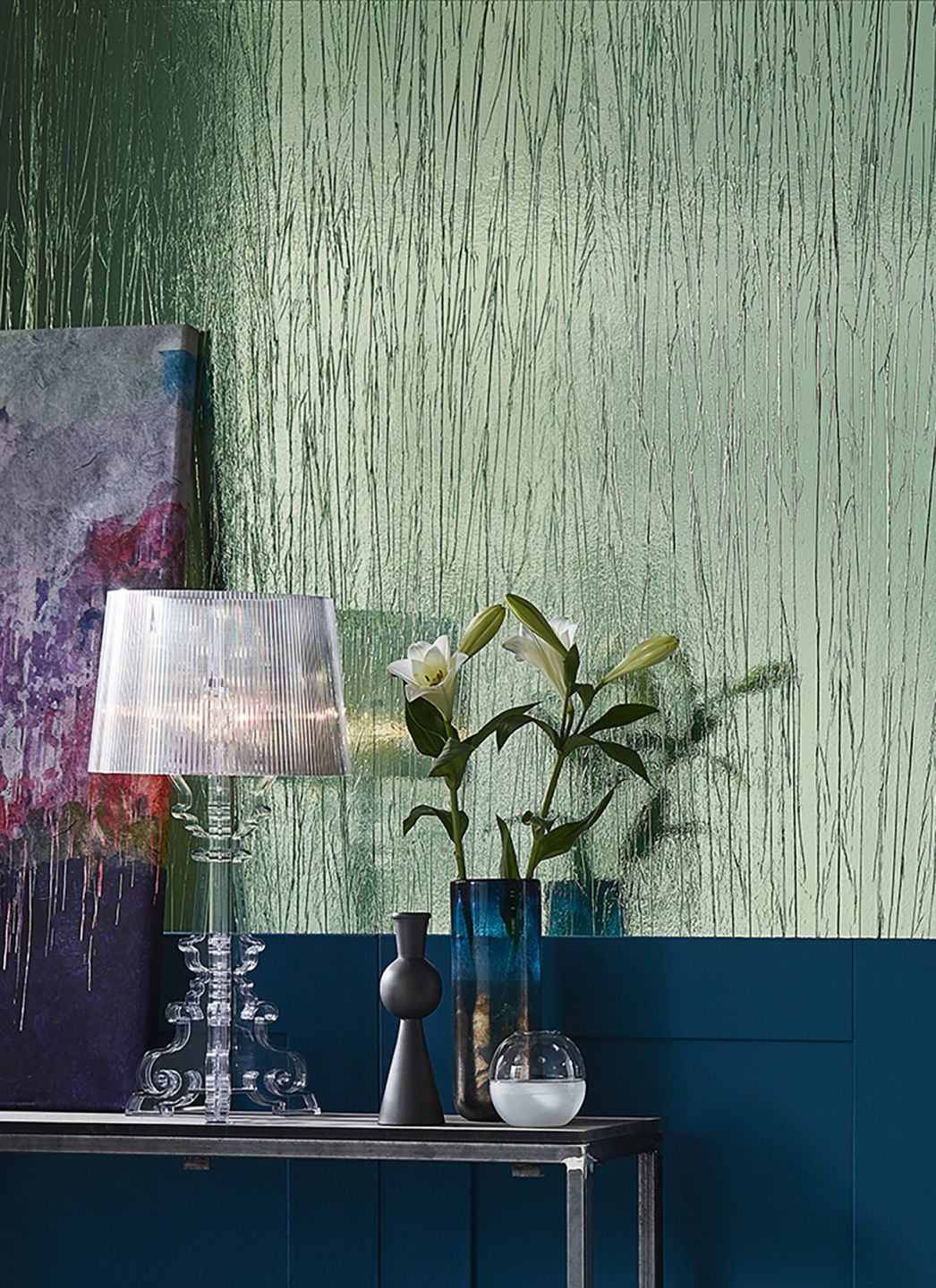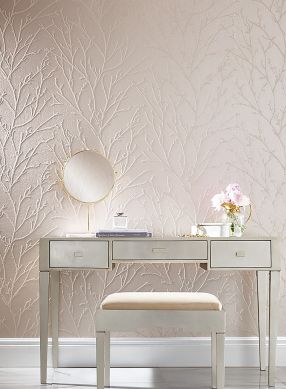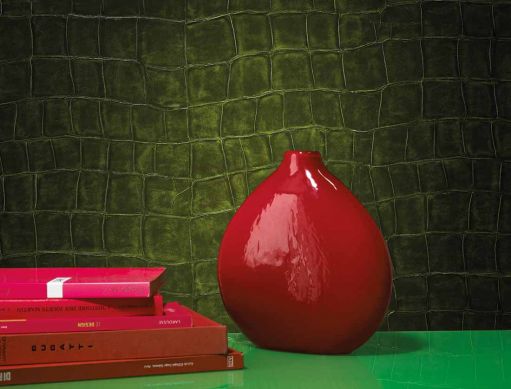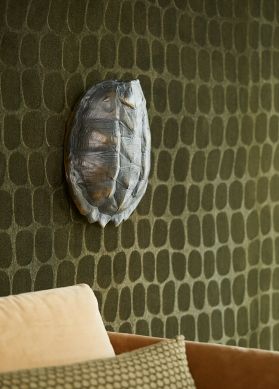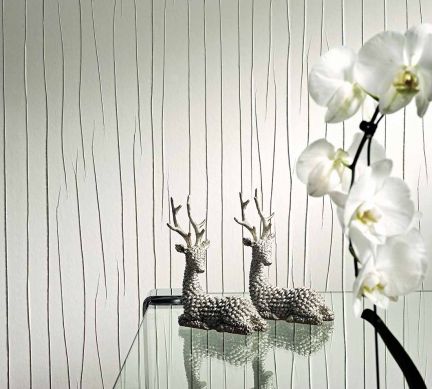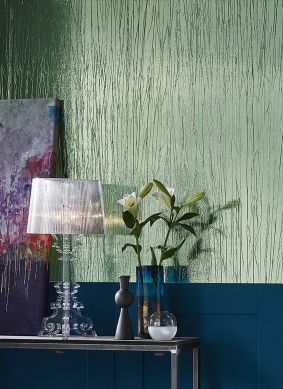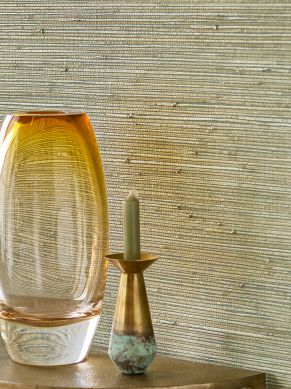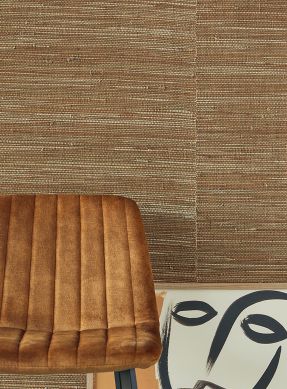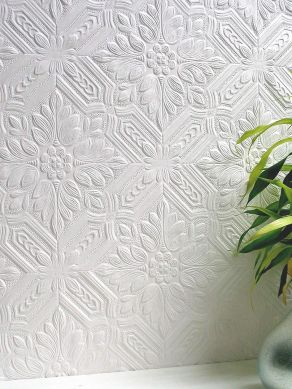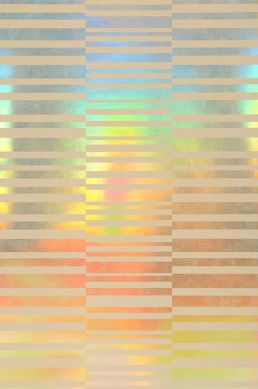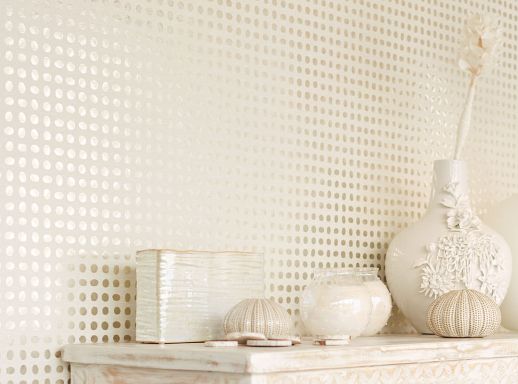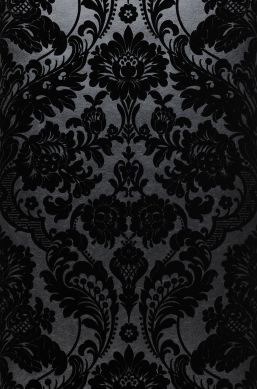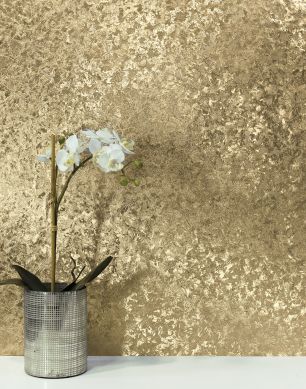Our home decoration choices often come down to just pretty photos in magazines or on our screens... as if decorating your place would not involve any sense other than sight. As a result, we only rarely mention the decorative qualities of a wallpaper from a point of view other than the visual one. However, every occupant of any home has his/her own needs and perceptions, even if he/she is visually impaired.
According to estimates made in 2000, the worldwide population of people suffering from a visual disability is made up of 50 million blind people and 135 million visually impaired people. As the population ages, these numbers are constantly rising. Therefore, it is especially useful to understand how broader decoration concepts, and particularly wallpaper, can contribute to the well-being of visually impaired people and what the selection criteria are.
How does wallpaper contribute to the well-being of the blind and visually impaired?
How wallpaper is a significant part of decoration, appealing to the 5 senses
Sight: From total blindness to almost perfect sight, visual acuity is very variable. For the blind (non-sighted, etymologically deprived of sight), the learning process and feelings will be different whether they are blind from birth or because of an accident or illness. People can have severe, moderate, or mild visual impairment, they may or may not be able to see light (importance of sunlight and artificial light), shapes (importance of contrast), and colours (for instance colour blindness)... These characteristics must be considered when choosing a wallpaper.
Touch: The sense of touch is probably the most important for the blind. The texture of the decorative surface is a decisive factor in terms of how the material feels (smooth or rough, warm, or cold, flexible, or stiff, etc.), but also in the relief. The wallpaper relief thickness and patterns allow the blind person not only a concrete representation (tactile recognition of the design) but also a mental representation (evocative power of the pattern). Touch also affects other aspects resulting from the contact between the environment and the human body, for instance warmth, security, and movement fluidity. Wallpapers can also contribute to thermal insulation: Heating wallpaper is an innovation in development; reflecting materials (metallic wallpaper) help to store heat and release it. Wallpapers might also facilitate and make safer the movement of blind and visually impaired people in their homes, serving as landmarks and guides.
Hearing: The blind’s auditory facility often compensates for their lack of eyesight. The home decoration must emphasise reference noises, muffle unwanted noises and promote comfortable listening. The choice of wall coverings plays a key role in the accommodation’s acoustic insulation. The soundproofing efficiency of a wallpaper is measured by the Noise Reduction Coefficient, NRC, and the Sound Absorption Coefficient, SRC.
Smell: Any home contains all sorts of smells, more or less noticeable depending on a person’s level of sensitivity. Ecological, pollutant-free wallpaper increases your olfactory well-being by reducing volatile organic compounds. A clever choice will avoid chemical glue odours and emissions caused by heat. Some wallpapers also help with mould prevention as they naturally regulate humidity.
Taste and other senses: Sense of balance, sense of direction, ability to feel magnetic fields and electrical fields, ability to sense a place with the ears, memory, intuition... These qualities that every human being possesses or can develop are particularly useful for a blind person. All the information transmitted by our senses and the emotions they trigger allow us to determine whether an atmosphere seems reassuring or worrying.
How everyday life for blind and visually impaired people can be enhanced by wallpaper
Wallpaper with raised pattern help the blind with orientation.
Raised patterns can help blind and visually impaired people in their everyday life, particularly when their blindness results from an accident or happens later in life (i.e. they have not learnt from childhood to easily orientate themselves spatially or to read the Braille alphabet). Touching a wallpaper surface with raised patterns or a special texture can help with orientation (identification of different spaces) on the one hand, and can provide a way to be guided (helping movement) on the other hand.
How can wallpaper be used in practice to provide a functional help to the blind?
In communal establishments, for example in retirement homes or healthcare facilities, wallpaper could be used to identify a floor or a bedroom (e.g. by wallpapering every door with a different raised pattern). It could also be used as an ergonomic guide, both in a communal or private accommodation, to indicate the way along a corridor (a horizontal strip of wallpaper from the bedroom to the toilet block, for instance), the place of a switch, the height of some utensils or the place where some objects are kept (wallpaper samples applied on cupboard doors or on shelves).
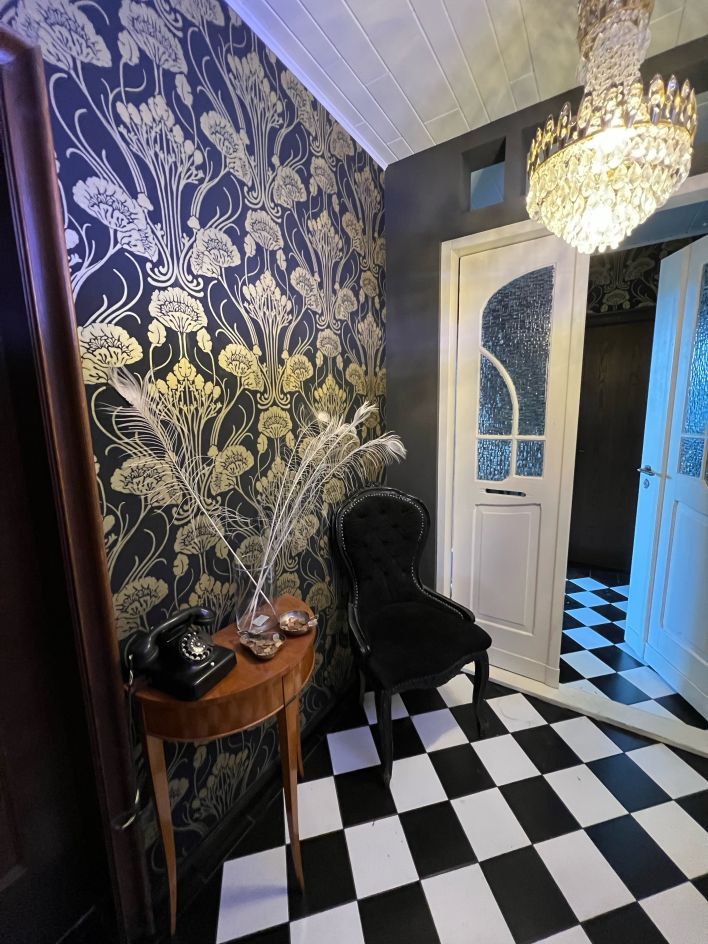
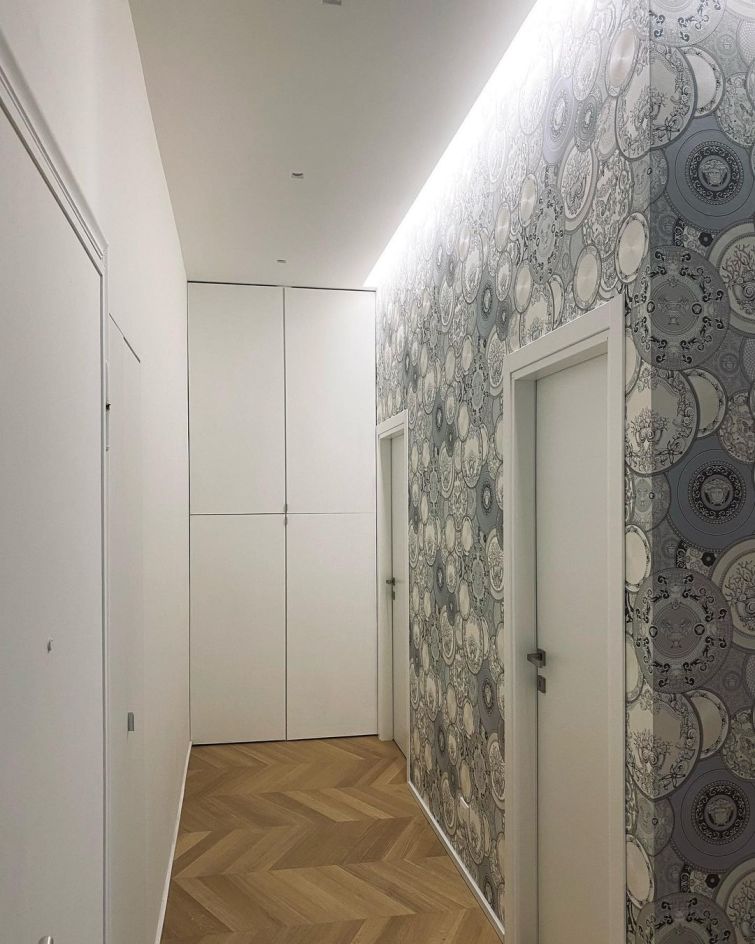
Wallpaper with special effects help the visually impaired to identify forms and spaces.
By increasing the overall luminosity, special effect wallpapers, particularly metallic or glass beads models, enhance the visual comfort of partially sighted people. The materials also help in enhancing the patterns, whether they are raised or not.
How wallpaper can be used to provide functional help to the visually impaired
Wallpapers with special effects can be applied anywhere, but they would be particularly efficient in spaces where the lighting conditions need to be enhanced. Applied opposite a window or even on the ceiling, they will reflect the sunlight. Hung in a dark corridor, they will catch the artificial light.
How to help a blind or visually impaired person to choose a specific wallpaper type of model
What is the best selection process?
The ideas and requirements of the visually impaired or blind person are, of course, the first and most important criterion for choosing a wallpaper for their home. Since they know their own needs best, they can gauge which qualities of a particular texture or pattern will have a positive impact on their living environment. This section primarily refers to people who need more support in their decisions, e.g. people who have suddenly become blind or whose cognitive abilities are limited due to age or other factors. Sighted parents who are dealing with a child's visual impairment as well as carers and caregivers in a broader sense may also find the advice contained within these paragraphs helpful.
Who is the accommodation for?
To take into account the overall requirements, it is important to know the degree of the person’s visual impairment and his/her specific needs (e.g. duration of the disability). But it is also important to think about the general human environment: who else is living in the accommodation? What is the role of the sighted in the community or the family (parents or children)? What atmosphere does the visually impaired person want to provide for his/her potential sighted visitors? With the vast range of wallpapers available today, it is easy to find a compromise.
Why is communication important when choosing the wall décor?
The person giving advice (interior designer, decorator, or family member) must assess the expectations of the blind or visually impaired person as best as they can. Yet, the sighted person often tends to find it hard to consider all the sensory aspects as, for them, sight overrides all other senses. For his/her part, the blind person may find it hard to imagine how others experience their senses. It is therefore essential to communicate calmly and to use the right words.
How to explain colours and styles to a blind person
It is a decorator’s task that can also be accomplished by anyone being open and patient. To explain the colours, the sighted can invoke the way a person who has been blind since birth imagines them, using other senses and emotional memory. Harmonious colour combinations could be simplified by using a limited number of shades. To explain the patterns and the styles, one could refer to concepts acquired in childhood, complemented by historic or cultural information. The feelings triggered by touching and handling the wallpaper must also be taken into account – wallpaper samples can be a great aid here.
Which wallpapers can be chosen to decorate the home of a blind or visually impaired person?
Wallpaper colours and reliefs
- Choosing a colourful or neutral wallpaper? Wallpapers that can be painted come in a huge choice of raised patterns that can be covered by paint (choose washable product). Gold or silver models are an intermediate choice.
- Choosing a patterned wallpaper? For visually impaired and older people whose eyesight needs to be protected, patterns must be sufficiently contrasted without being aggressive to the eyes. Therefore, geometric patterns with optical effects and garish colours should be avoided.
- Choosing a bright wallpaper? Metallic, glitter or glass bead wallpapers meet the need for luminosity
- Choosing a wallpaper to touch? If tactile contact is important to get your bearings and guide yourself, the surface would need to be high quality, robust and washable or even super-washable (children).
- Choosing a textured wallpaper? A wallpaper can have a texture but no relief. Texture is important for providing an atmosphere. A canvas effect is more rustic, a velvet effect more sophisticated. Any material that is soft to the touch has a calming effect.
- Choosing a raised pattern wallpaper? Raised patterns can be colourful (or not): this can provide a good compromise between sighted and non-sighted people. Raised pattern which can be followed with the fingers can be relaxing for children or older people.
The benefits of textured wallpapers
- Natural materials (grass, cork, bamboo, raw vegetable material) are ecologically sound but often fragile. Hessian, silk, or linen-like textile wallpapers are a less environmentally friendly but more practical option. Minerals (mica) are rough but provide a nice sparkle.
- Metallic wallpapers provide visual depth and light thanks to their mirror and/or sparkling effect.
- Flock wallpaper has a soft surface that appeals to the sense of touch and exudes a sense of safety. Its structure and texture can absorb vibrations and sounds.
- Due to their fine tactile relief and their brightening effect (sparkle created by the light reflected on each bead), glass beads are an interesting choice . They enable the design of very intricate patterns.
- Leather-like wallpaper is made of robust vinyl. Embossed patterns and a smooth, rough, or cracked surface imitate different types of leather (ostrich, crocodile, snake...) for an exotic atmosphere. Likewise, a brick wallpaper will be more likely associated with the Industrial style.
- Crush or fold wallpapers provide movement. They are pleasant to the touch and easy to care for. Folds (usually vertical) create highlighted lines.
Regardless of the chosen wallpaper, with or without a relief or a pattern, it is the subtle focus on the user’s needs that will contribute to their wellbeing. Wallpaper is a fabulous decoration instrument to discover beauty with your fingertips!


